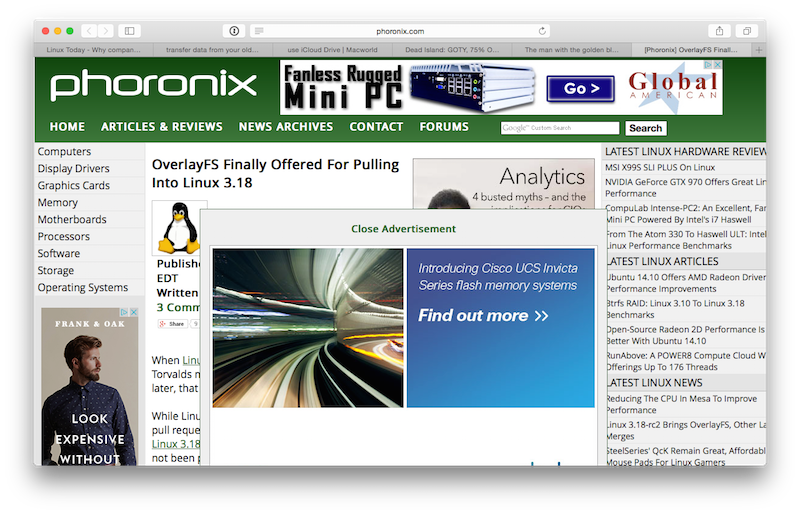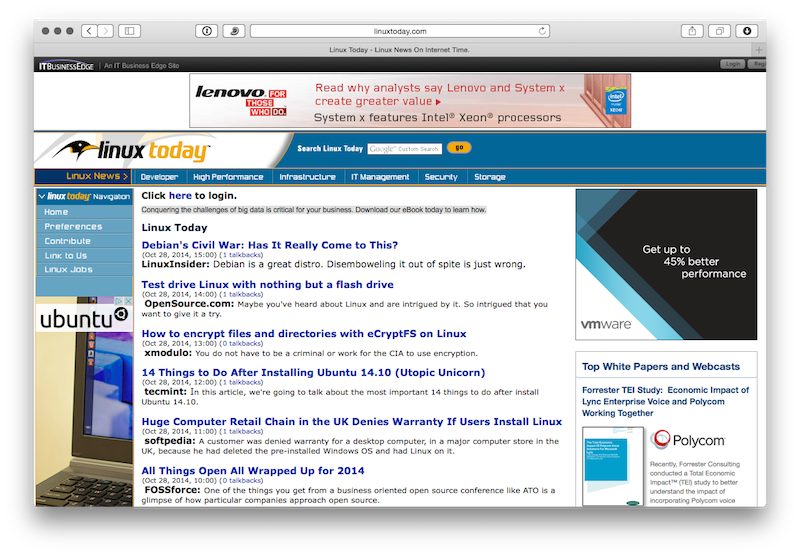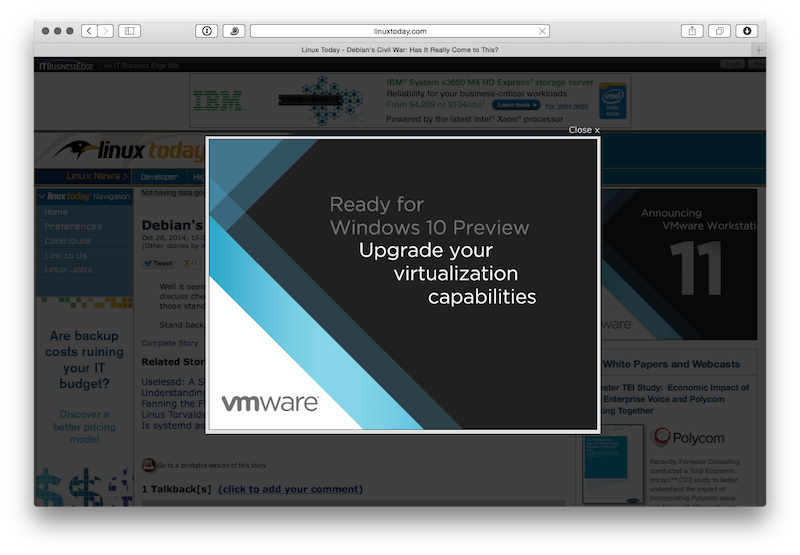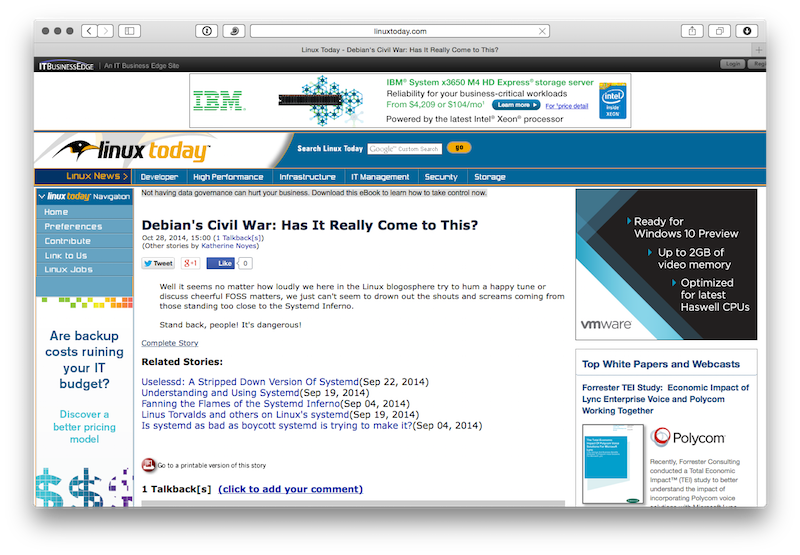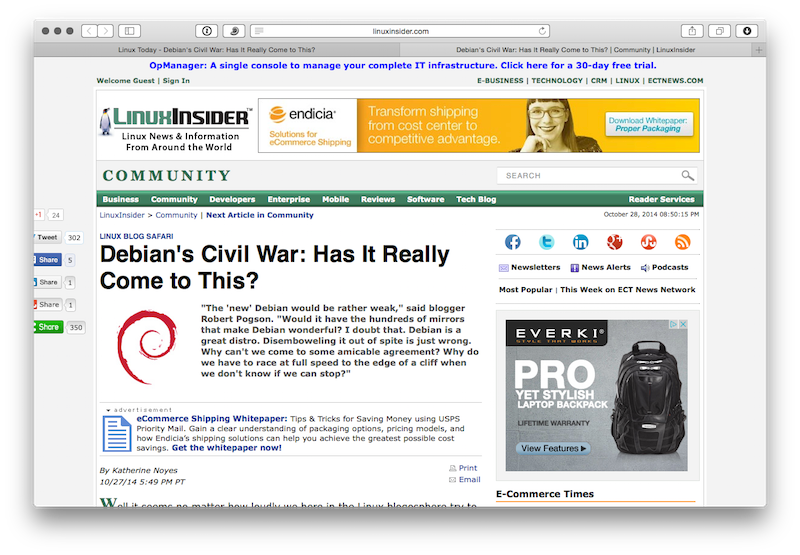Cellular Options
January 2, 2015
I pulled into the gas station on my way home after a long day, picked up my phone in my left hand, intending to put it in my pocket, and opened the door of my pickup. While pushing the door of the truck open, the phone slipped out of my hand and fell face down on the pavement, shattering the screen.
I’m not the type who can carry around a broken phone for months, so the next day I called US Cellular to see what my options were. I was one year into a two year contract, so the prospects of actually getting anything out of my carrier were grim. I was right. The support person on the phone said that since I didn’t opt into the US Cellular insurance program, I either have to look into having the phone fixed, or buy a new phone at full price. Turns out, there are several options.
Buying a new phone at full price is the most expensive up front, and the option where I received conflicting information from the support people. Since the only iPhone 5C carried by US Cellular is the 8GB model (which should be an embarrassment for them and Apple), I was looking to buy a 5S, or possibly a 6. The 5S retails for $549, and the 6 for $650, but when considering the benefits of paying for the phone up front I became confused. The phone is not of much use without the cellular contract to go with it, and US Cellular charges a $40 “connection fee” for each line attached to my $70 per month plan. My question to US Cellular was what is the benefit from buying my phone up front if I still have to pay the connection fee?
Faced with a $650 charge for a new phone, I pulled the ace from my sleeve and said the magic words: “I think I might cancel my account.” The cancellation fee is $350, which some carriers might pay for you, which would bring my out of pocket costs down to $200, or maybe $100 to get into a new phone. Albeit with a new carrier and a complicated situation with the rest of my family still on the old plan. I didn’t think it was a serious option, but mentioning the cancellation was enough to get me pushed through to another level of support, who was happy to move my upgrade eligibility up an entire year to keep me with the company.
So, now my options were a little better. I could buy a new phone at full price, buy a new phone at the discounted rate, I could finance the full price of the phone over two years (which is a new option I wasn’t aware of before), or I could keep my phone and fix the screen.
The question remained though, why would I ever buy a new phone at full price? The source of my confusion centered around the $40 connection fee. One representative told me that the fee was there so the company could recoup the cost of the subsidized phone. If so, they are making a healthy profit off of each phone sold; $40 per month over two years comes out to $960. Another representative told me that no matter what, if I owned my phone or if I bought it at a discounted price, I had to pay the connection fee. The only way not to pay the fee was to finance the phone.
If I financed the phone for two years they would wave the fee, but in place of the fee I would be paying $32 per month on an interest free twenty month loan. Also, financing the phone would make me eligible to upgrade to a new line every eighteen months, if I was willing to pay the remainder of the phone off, or trade in the phone for a new model. This seemed interesting, but it also seemed like a way for me to remain in debt of one kind or another continuously. Even though the total paid out seemed to make more sense over time, financing did not appeal to me.
So, I decided, grudgingly, to buy a new phone at the discounted rate. I found the nearest US Cellular store, and went in to buy an iPhone 5S. While I was talking to the representative I asked her again about the connection fee. This was at least the third time I’d talked to someone at US Cellular about the fee, and this time the answer was different. If you own your phone, and you are not under contract, there is no connection fee. This changed things for me. If there was no fee for my phone that I had now, the best course of action I could take would be to fix the phone. I told her about my change in plans, and the conflicting information I’d gathered. To make her point she removed the fee from my account while I was sitting there.
I left the store without a new phone, went back to my desk, and ordered a $35 replacement screen and toolkit from Amazon. In two days the screen arrived, and I spent an hour and a half replacing it. Now my white iPhone 5C has a white face on it, and a black button, giving the phone some character. Also, I’m not under contract with US Cellular. I think for my next phone, whenever that happens to be, I’ll be paying full price for it, and staying out of contract lock-in from here on out.
